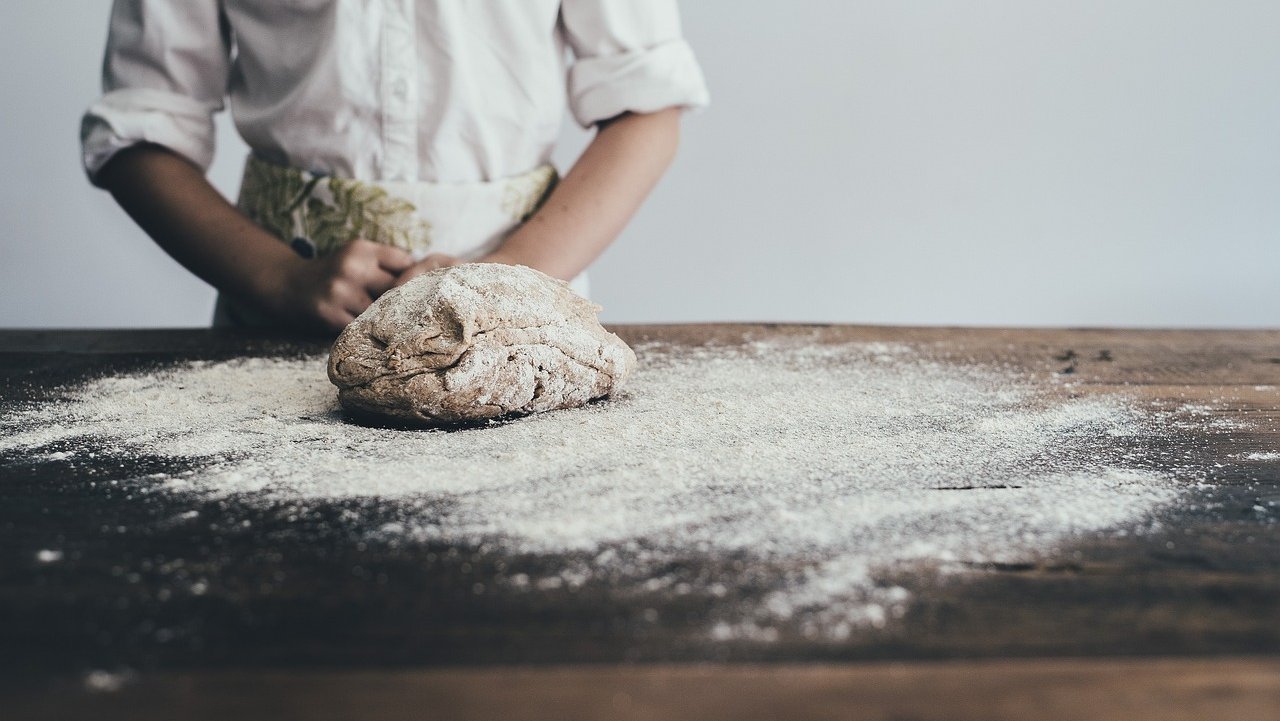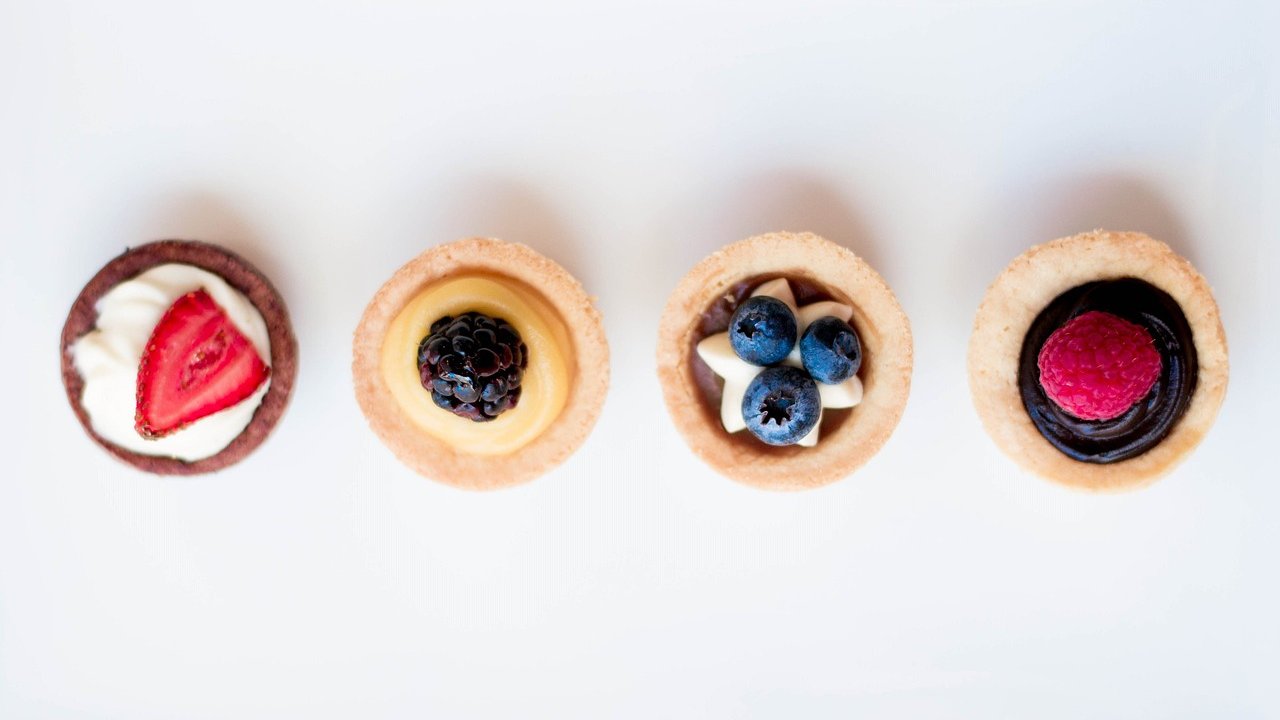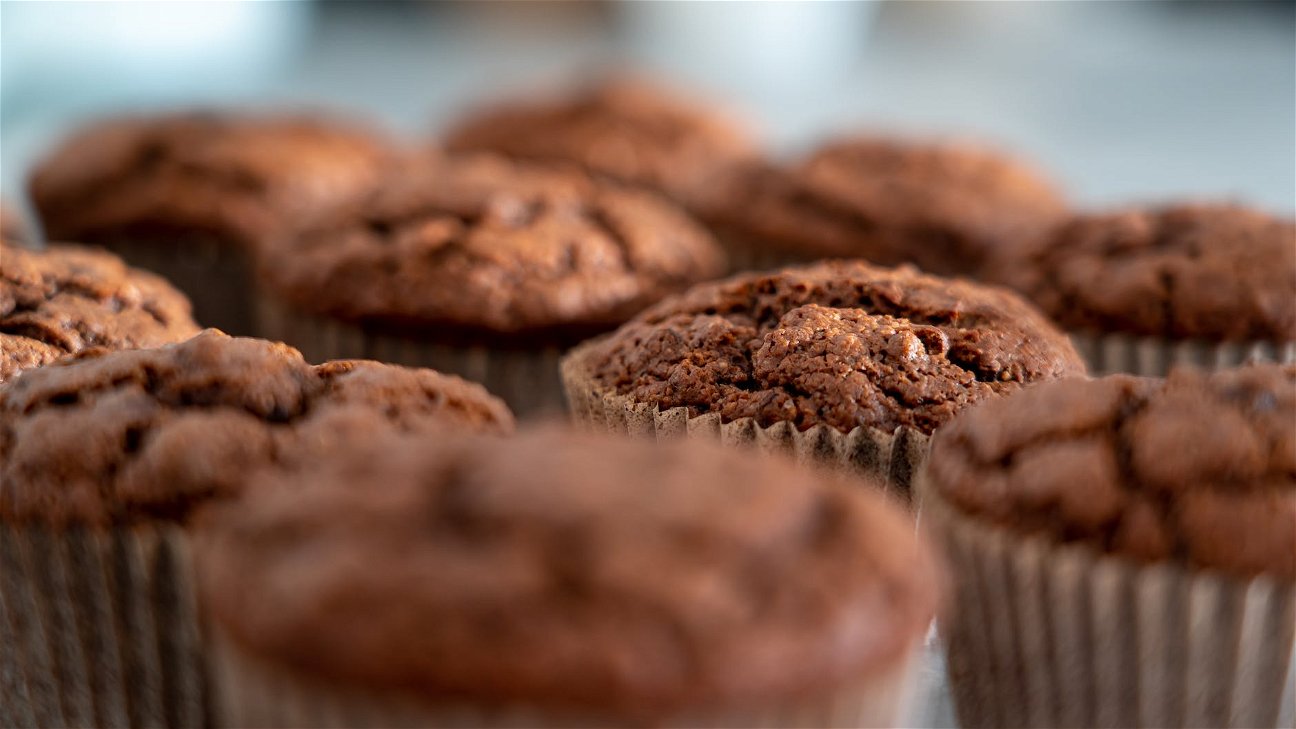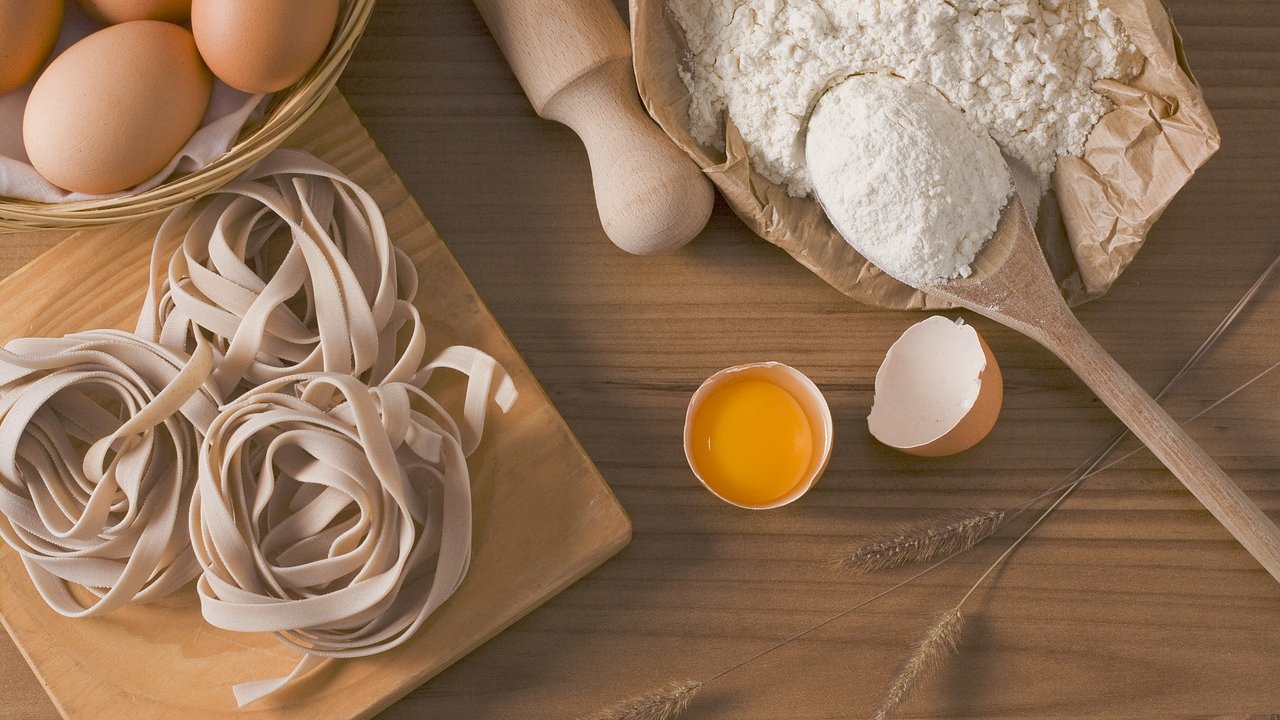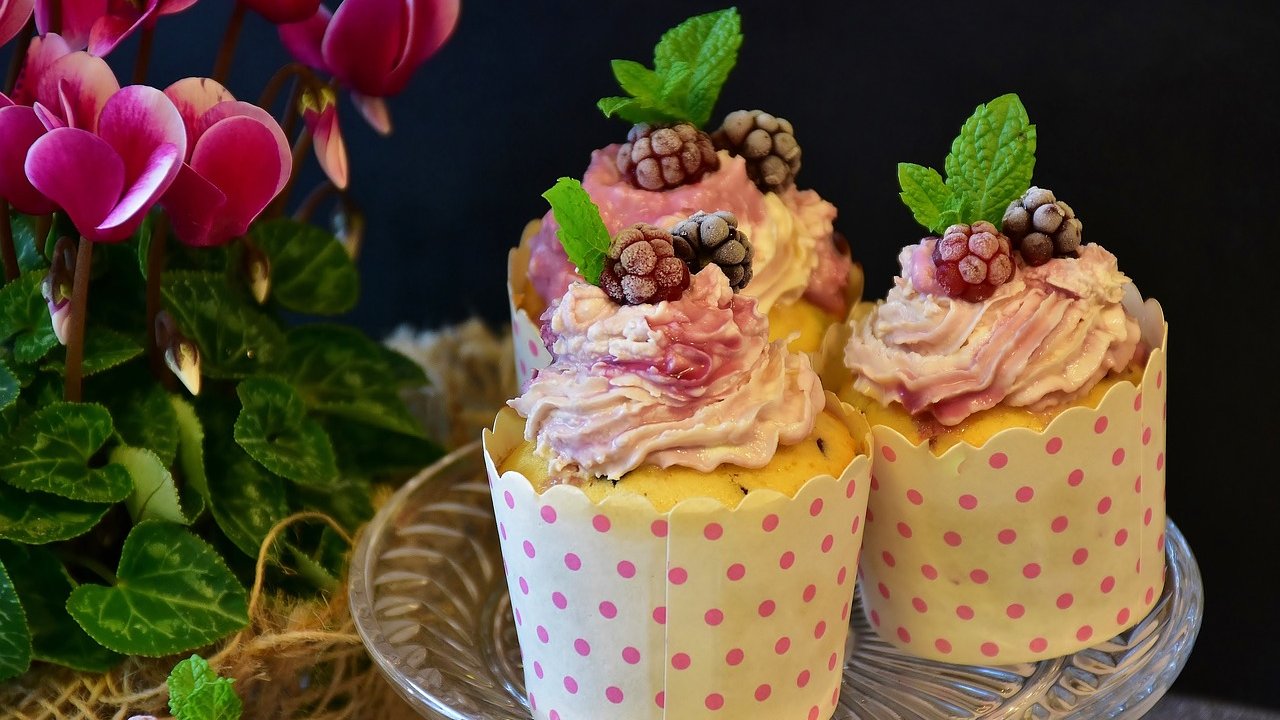
Baking is both an art and a science, requiring precision, creativity, and a deep understanding of how ingredients interact. A significant part of this is sugar, which does more than just sweeten our treats. It also contributes to the texture, color, and moisture content of baked goods.
However, as people become more health-conscious, the demand for healthier alternatives to traditional sugar has grown. These alternative sugars offer a different nutritional profile, often lower in calories, and have different effects on blood glucose levels.
The Role of Sugar in Baking
In traditional baking, sugar serves several important roles. It sweetens, helps with browning, stabilizes egg whites, retains moisture, and contributes to the texture. However, it's also high in calories and can cause spikes in blood glucose levels.
Baking with Alternative Sugars
When replacing sugar with an alternative, there are a few things to consider. These include the alternative's flavor, how it will affect the texture and color of the treat, and how it interacts with other ingredients.
Not all alternative sugars are created equal, and they can't always be substituted in a 1:1 ratio. Here are some popular alternatives and how they stack up against traditional sugar:
Recipes Using Alternative Sugars
Ready to start experimenting with alternative sugars? Here are some recipes to get you started:
- Gluten-Free Almond Flour Cookies with Honey: Replace the sugar in your favorite cookie recipe with honey for a floral, less sweet treat.
- Vegan Brownies with Agave: Use agave in place of sugar for a dense, fudgy brownie.
- Keto Lemon Bars with Stevia: Cut the carbs by using stevia in these tangy lemon bars.
- Paleo Pancakes with Coconut Sugar: Enjoy a stack of pancakes with the caramel-like sweetness of coconut sugar.
- Vegan Pumpkin Bread with Maple Syrup: Try this moist, autumnal bread sweetened with maple syrup.
Remember, baking with alternative sugars is part science, part art.
